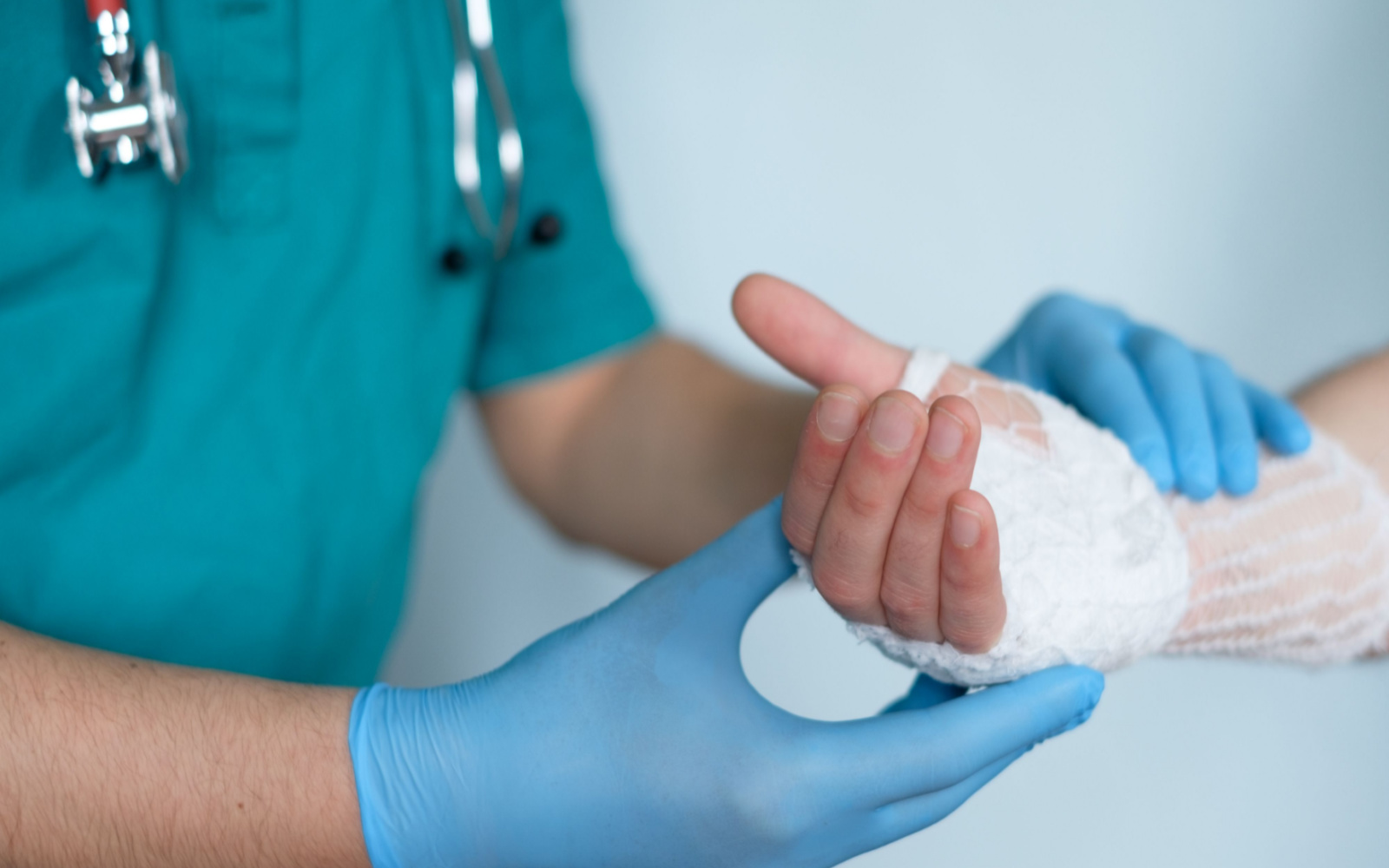It is possible to sustain injuries to the hand in various ways, such as lacerations, crushed fingers, open fractures, or loss of fingers, a thumb, or the entire hand. It is common to develop infections after a wound, bite, or laceration. Falling on ice or operating snow blowers can lead to numerous hand and wrist injuries in the winter, as can accidents resulting from harvesting in the fall. In the summer, recreational and work-related injuries are more common.
Surgeons report many urgent transfers, but some patients can be cared for by their general physician and be seen by a surgeon later. Understanding the difference between an immediate emergency and something that can be handled without surgery is vital. Some guidelines help understand urgent conditions and review injuries that don’t need to be seen immediately. Some clinics or offices can provide initial care.
Hand Injuries and How to Treat Them
There are countless variations of hand injuries. This can make it challenging to identify severe issues since many calls for referrals are from physicians with less experience treating hand injuries. Luckily, some facilities can be contacted to discuss potential emergencies if your physician needs to be sure.
These facilities can discuss whether the patient needs to be transferred to another center. They’re also qualified to discuss the Isolated Hand Injury Algorithm-Hand Referral for Acute Care Management. The Isolated Hand Injury Algorithm-Hand Referral for Acute Care Management can answer a physician’s questions. This allows physicians to consider age, injury, severity, and thumb injury or amputation. If amputation is involved, the patient may need to be transferred.
When dealing with an isolated hand injury, consider the following:
- Initial Trauma Evaluation – Is the patient stable enough to be transported?
- Initial Treatment of the Injury – Ensure that the injury is no longer bleeding, adequately irrigated, and elevated if necessary. Antibiotics may also need to be administered before transport.
- Correcting Possible Deformities – If the fingers are angled or rotated, correct them.
- Dressing – Dress the wound or apply a splint if needed.
- X-Rays – Perform X-rays if you can. If the patient is bleeding or has an amputated digit, transport them immediately.
- Amputations – If there is an amputated digit, prepare it for transport. Wrap it in sterile gauze and place the digit in a plastic bag, keeping it on ice.
- Photograph the Wound – Photograph the hand, wound, or amputated part. These, along with radiographs, can be used to communicate with the center the patient is transferred.
If a physician cannot do these things due to time constraints, they will apply a dressing or splint and immediately transfer the patient. However, a physician may have to decide between a helicopter or an ambulance due to limited resources. If there is a risk of ischemia, a helicopter may be used.
Knowing the patient’s wishes for handling a hand injury is also essential. But a physician must also consider whether the patient is healthy enough to transport and have surgery. A child with an amputated digit would be considered for reimplantation before an elderly patient with diabetes.
Promises to Patients With Hand Injuries
Ensuring that a patient is reassured is a natural reaction. If you’re not qualified to make those assumptions, steer clear of making promises about treatment that may be offered to avoid false expectations. The physicians at the trauma center are better equipped to handle these conversations.









